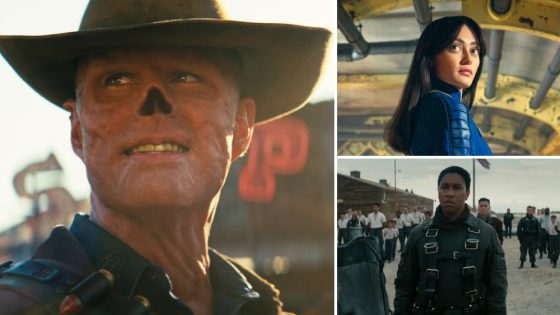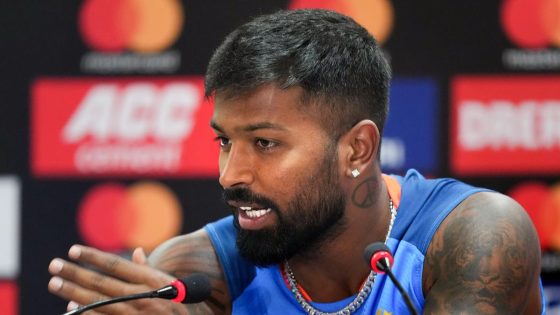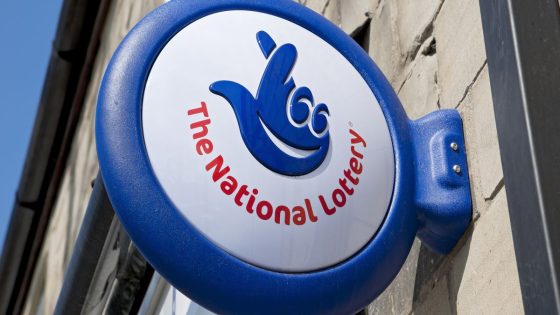Prior to joining Prime Video’s Emmy-nominated series “Fallout,” few of the artisans were gamers and had even played the hit video game. Only makeup artist Michael Harvey had in-depth knowledge having played it for over 20 years.
Based on the video game franchise of the same name, the series is set 200 years after the apocalypse with people living in subterranean communities known as Vaults. After a nuclear disaster, a young woman named Lucy (Ella Purnell) begins venturing out into the devastated landscape to find her father. Along the way, she encounters Walton Goggins’ The Ghoul.
Thanks to executive producer Jonathan Nolan’s writing and research, the creatives didn’t need to spend hours getting familiar with the video game to adapt it to their work successfully. Sitting down for “Fallout”: A Master Crafts Conversation in the Variety Streaming Room Presented by Prime Video, production designer Howard Cummings explained that Nolan had captured the essence of the game’s humor, violence and goofiness. “The writing was so close to the spirit of the game,” said Cummings.
Cummings was joined by his fellow Emmy-nominated colleagues, Harvey, editor Yoni Reiss, sound editor Sue Cahill and sound mixer Steve Buchino.
Cahill didn’t play the game itself. But Bethesda, the gaming company behind “Fallout” provided her team with sounds. “We were able to incorporate actual sounds from the game into the show. So I think you can recognize those, and that gave us the ability to have like a palette of sounds to build upon based on those little clips that we got from Bethesda,” Cahill said.
Buchino added, “The DNA of the game is in everything, but we had to elaborate and make it much more detailed and expansive.”
Cummings similarly watched playthroughs of the game, going on YouTube and learning from the fans “who would do endless histories. I could learn about the game and what were the things that they gravitated towards.”
In Episode 4, “The Ghouls” Lucy and the Ghoul spend much of the episode walking through the Wasteland, an abandoned place from before the war filled with derelict buildings, cars from yesteryear and all signs of infrastructure have collapsed.
Rather than using CGI, Nolan wanted the sets in-camera, so Cummings was tasked with building them. The game helped inspires some details, right down to the amount of garbage that would be strewn across the wasteland.
That helped inform Reiss’ editing decisions. The production design was a character unto itself; Reiss wanted to give room for the sets to breathe. Reiss explained, “30% of it is these characters walking through Howard’s amazing sets, figuring out what’s going on. The pace of the episode is fairly slow. There’s not that much dialogue and it’s Lucy walking through Super Duper Mart.”
As for The Ghoul’s looks, the instruction was simple. Said Harvey, “We were told to use the game and the characters in the game as a reference, never to actually mimic or completely copy somebody out of the game and put them on screen.” Goggins’ transformation process required nine silicone pieces. The application started at five hours and was whittled down to under two.
Watch the conversation below.
For the second conversation, prosthetic makeup artist, Jake Garber; VFX supervisor, Jay Worth; editor Ali Comperchio; costume designer, Amy Wescott; and music supervisor, Trygge Toven discussed the importance of the collaborative process, particularly with Nolan.
Worth’s conversations with Nolan revolved around how Goggins would look. Said Worth, “I remember those first meetings about how do you create this villainous, horrific, multi-complex character that also has a little intrigue and has a little attraction to him?’”
Added Garber, “That was a concern at the beginning because when you hire Walton, you want Walton.” He went on to say Nolan was adamant that The Ghoul would not be about grotesque imagery. “We kept those pieces as thin as possible so that we could see Walton through that.”
Westcott was involved early on in helping to bring Cooper Howard to life. Working with Nolan that early on allowed her to spitball conversations with him. “He runs a tight ship and is very exacting and is very specific, but is super creative and allows his creative departments to have fun and do things that are unique,” said Westcott.
Nolan was just as collaborative in sound too, working with Toven to build the show’s soundtrack that featured artists such as Dinah Washington and Nat King Cole. “He’s hugely into the music and knows what he wants.”
As for securing the licensing for Cole’s hit “Orange Colored Sky” which plays before the nuclear apocalypse, Toven said the estate was easy to deal with. “But, you never know. A lot of times, the rights will be missing or they move around.”
Nolan was just as collaborative in post, working closely with Comperchio. “He creates an environment where he expects a lot and pushes everyone to do their best, but also enables everyone to do their best.” She said, “As a director, he brings such a strong point of view. Part of that is enabling his department heads to put such detail and texture into the world, and he’s so strong at world-building.
Watch the video below.
Source Agencies




